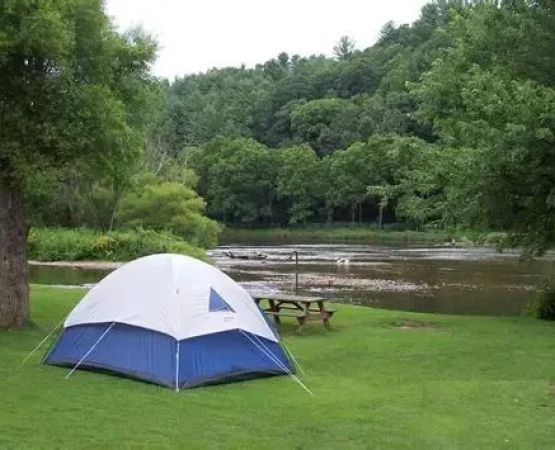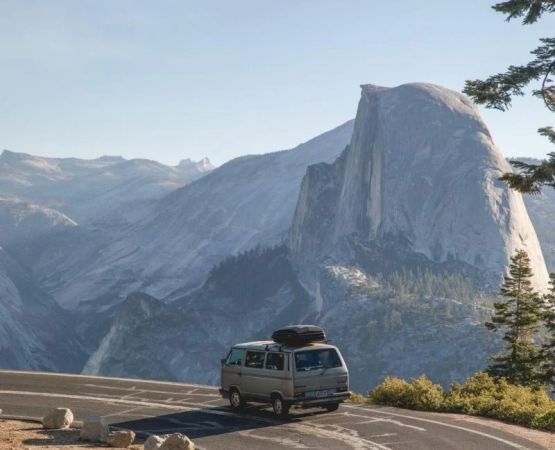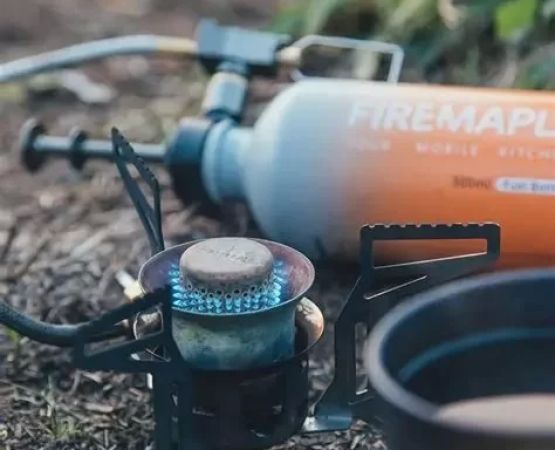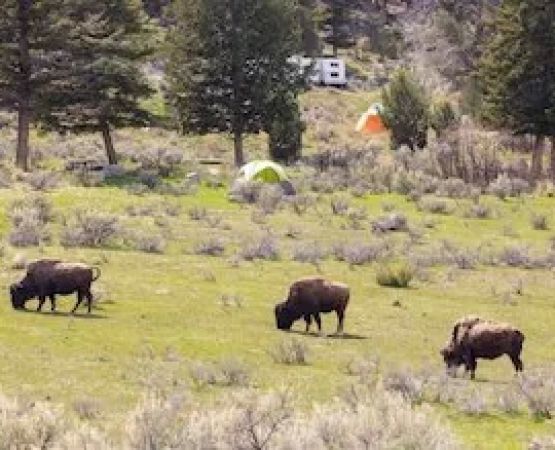- 1-understanding-variable-plateau-landscapes
- 2-choosing-the-right-camping-location
- 3-essential-gear-for-plateau-camping
- 4-how-to-handle-weather-and-wind-conditions
- 5-safety-and-environmental-considerations
- 6-real-life-camping-experiences-in-plateau-terrain
- 7-plan-your-next-plateau-adventure-with-pine-cliff-resort
1. Understanding Variable Plateau Landscapes
Camping in variable plateau landscapes offers a unique combination of elevation, expansive views, and unpredictable terrain. Plateaus often feature a mix of rocky outcrops, grasslands, and cliffs—each presenting different challenges for campers. These areas can be breathtakingly beautiful, offering panoramic sunsets and starlit skies that make every night memorable.
However, the same elevation that provides stunning scenery can also mean quick weather changes, limited water sources, and uneven ground. Before setting up camp, it’s important to understand how plateaus differ from valleys or forest terrains. The thin air at higher altitudes may affect breathing, while open plains can expose campers to strong winds. Preparation and awareness are key to a successful trip.
2. Choosing the Right Camping Location
When selecting a site on a plateau, finding the right balance between safety and comfort is crucial. Avoid setting up camp directly on cliff edges, as wind gusts and shifting soil can pose risks. Instead, look for natural windbreaks such as boulders or small ridges. Ground stability matters too—soft sand or loose gravel can make it difficult to secure your tent.
Experienced campers recommend scouting the area before sunset to ensure visibility and access to resources. If possible, choose a location near a natural water source but not too close, as runoff from storms can quickly flood lower areas. Staying at least 200 feet from streams or rivers reduces the risk of water-related issues while protecting the natural ecosystem.
3. Essential Gear for Plateau Camping
Proper equipment can make or break your plateau camping experience. Because the terrain can vary from rocky to grassy, invest in a high-quality tent with strong stakes and a durable groundsheet. A low-profile, aerodynamic tent design helps withstand high winds common at higher elevations.
1. Shelter and Sleeping
Choose a four-season tent and an insulated sleeping pad. Nights on plateaus can be cold even in summer, and ground insulation is essential for warmth. A lightweight but warm sleeping bag rated for below-freezing temperatures provides comfort during unpredictable nights.
2. Cooking and Hydration
Bring a portable camping stove with wind protection and fuel-efficient design. Since plateaus often lack consistent water access, carry a water filtration system or purification tablets. Hydration is vital at high altitudes, where dehydration occurs faster due to low humidity.
3. Clothing and Footwear
Layered clothing allows flexibility as temperatures shift dramatically from day to night. Durable, waterproof hiking boots are essential for traversing rocky terrain safely. Always pack extra socks and a rainproof outer shell for sudden weather changes.
4. How to Handle Weather and Wind Conditions
One defining trait of plateau landscapes is the variability of weather. Mornings can be sunny and mild, while afternoons bring strong winds or sudden rain. Checking local forecasts is essential, but even more important is reading the landscape. Clouds building rapidly near cliffs or mountain ridges often signal approaching storms.
Wind management is another key element. Always anchor your tent securely and position it with the narrow end facing into the wind. Avoid camping in wide-open plains when high winds are predicted—seek natural barriers like rock formations for protection. Carrying extra guy lines and reinforced tent stakes can prevent your shelter from collapsing during strong gusts.
Temperature swings are also common. During the day, plateau heat can be intense due to direct sun exposure. Sunscreen, hats, and long-sleeve breathable fabrics protect your skin without trapping heat. At night, when temperatures drop sharply, layering and insulated blankets are your best defense.
5. Safety and Environmental Considerations
Safety should always come first when camping in plateau environments. Because these areas often have steep drops and remote locations, it’s wise to travel with companions and share your itinerary with someone before departing. Carry a GPS device or offline maps since cell service may be unreliable.
Environmental preservation is equally important. Plateaus often feature fragile ecosystems, so practice Leave No Trace principles—pack out all trash, minimize campfire impact, and avoid damaging local vegetation. Campfires should only be built in designated areas or contained fire rings to prevent wildfires.
Wildlife encounters are another factor to consider. From birds of prey to small mammals, plateau ecosystems are full of life. Store food securely and avoid feeding animals to keep both you and the wildlife safe.
6. Real-Life Camping Experiences in Plateau Terrain
One memorable experience comes from a couple who camped in the Colorado Plateau. They described waking up to crimson canyons glowing under sunrise—a reward for enduring a night of relentless wind. Their tip? Always double-stake your tent and bring ear protection for windy nights!
Another story features a solo traveler camping in Utah’s San Rafael Swell. Despite the barren beauty, he faced dehydration after underestimating water needs. His experience emphasizes the importance of carrying extra water and planning for extended stays. These stories show that camping in variable plateau landscapes is both challenging and rewarding when done responsibly.
7. Plan Your Next Plateau Adventure with Pine Cliff Resort
Planning a plateau camping trip can be thrilling, but preparation is key to a safe and memorable journey. That’s where Pine Cliff Resort can help. Our outdoor experts provide resources, guided experiences, and premium gear recommendations to help you camp confidently in diverse plateau regions across the U.S.
Whether you’re exploring the Grand Mesa, Arizona’s Mogollon Rim, or the high plains of New Mexico, Pine Cliff Resort offers curated travel tips and support tailored for your adventure. Camping in variable plateau landscapes doesn’t have to be intimidating—with the right knowledge and preparation, it can become one of the most awe-inspiring experiences of your life.






